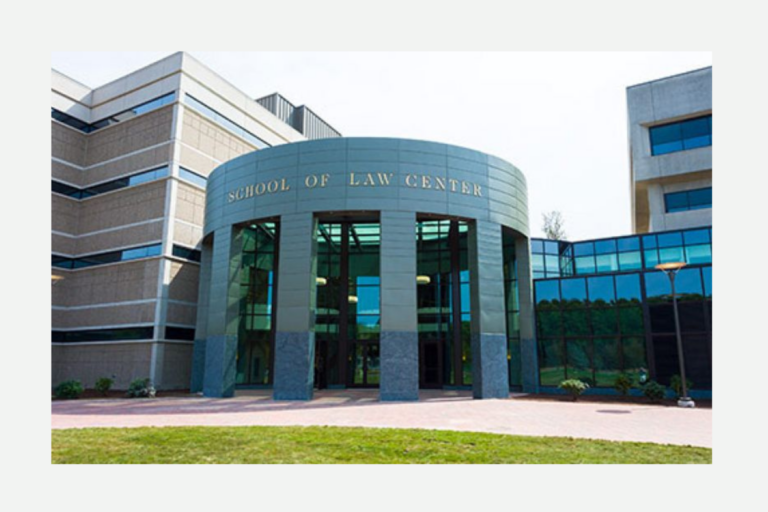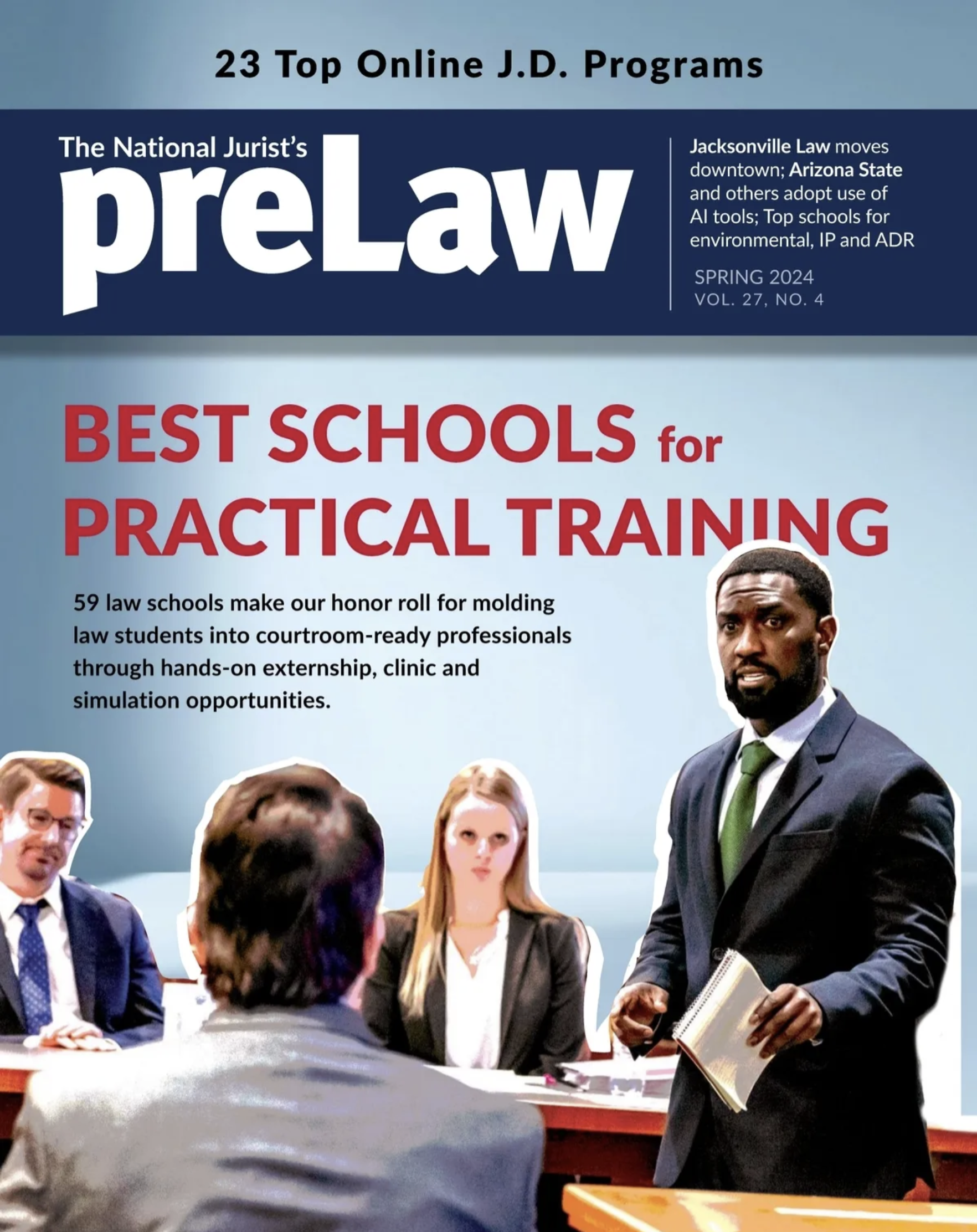Logical Reasoning Section I & II
Time: 35 minutes each
Format: 24-26 questions each
Topics tested: The LSAT includes two scored Logical Reasoning sections. These questions are designed to evaluate your ability to understand, criticize, and draw reasonable conclusions from arguments. Each argument is presented in a brief one-paragraph passage.
Sample question: The supernova event of 1987 is interesting in that there is still no evidence of the neutron star that current theory says should have remained after a supernova of that size. This is in spite of the fact that many of the most sensitive instruments ever developed have searched for the tell-tale pulse of radiation that neutron stars emit. Thus, current theory is wrong in claiming that supernovas of a certain size always produce neutron stars.
Which one of the following, if true, most strengthens the argument?
(A) Most supernova remnants that astronomers have detected have a neutron star nearby.
(B) Sensitive astronomical instruments have detected neutron stars much farther away than the location of the 1987 supernova.
(C) The supernova of 1987 was the first that scientists were able to observe in progress.
(D) Several important features of the 1987 supernova are correctly predicted by the current theory.
(E) Some neutron stars are known to have come into existence by a cause other than a supernova explosion.
Analytical Reasoning
Time: 35 minutes
Format: 4 sets, 22-24 questions
Topics Tested: These questions are designed to measure your ability to understand a system of relationships and to draw appropriate deductive conclusions about those relationships. The questions are presented as a series of four distinct question sets — or logic games. Adequate space for drawing diagrams is provided on the exam pages.
Sample question: A university library budget committee must reduce exactly five of eight areas of expenditure—G, L, M, N, P, R, S, and W—in accordance with the following conditions:
If both G and S are reduced, W is also reduced.
If N is reduced, neither R nor S is reduced.
If P is reduced, L is not reduced.
Of the three areas L, M, and R, exactly two are reduced.
Question 1: If both M and R are reduced, which one of the following is a pair of areas neither of which could be reduced?
(A) G, L
(B) G, N
(C) L, N
(D) L, P
(E) P, S
Reading Comprehension
Time: 35 minutes
Format: 4 sets, 26-28 questions
Topics Tested: These questions are designed to measure your ability to read carefully and accurately, to determine the relationships among the various parts of the passage, and to draw reasonable inferences from the material in the passage. The questions are presented as a series of four distinct question sets.
Sample question: The following passage was written in the late 1980s.
The struggle to obtain legal recognition of aboriginal rights is a difficult one, and even if a right is written into the law there is no guarantee that the future will not bring changes to the law that undermine the right. For this reason, the federal government of Canada in 1982 extended constitutional protection to those aboriginal rights already recognized under the law. This protection was extended to the Indian, Inuit, and Métis peoples, the three groups generally thought to comprise the aboriginal population in Canada. But this decision has placed on provincial courts the enormous burden of interpreting and translating the necessarily general constitutional language into specific rulings. The result has been inconsistent recognition and establishment of aboriginal rights, despite the continued efforts of aboriginal peoples to raise issues concerning their rights.
Aboriginal rights in Canada are defined by the constitution as aboriginal peoples’ rights to ownership of land and its resources, the inherent right of aboriginal societies to self-government, and the right to legal recognition of indigenous customs. But difficulties arise in applying these broadly conceived rights. For example, while it might appear straightforward to affirm legal recognition of indigenous customs, the exact legal meaning of “indigenous“ is extremely difficult to interpret. The intent of the constitutional protection is to recognize only long-standing traditional customs, not those of recent origin; provincial courts therefore require aboriginal peoples to provide legal documentation that any customs they seek to protect were practiced sufficiently long ago—a criterion defined in practice to mean prior to the establishment of British sovereignty over the specific territory. However, this requirement makes it difficult for aboriginal societies, which often relied on oral tradition rather than written records, to support their claims.
Furthermore, even if aboriginal peoples are successful in convincing the courts that specific rights should be recognized, it is frequently difficult to determine exactly what these rights amount to. Consider aboriginal land claims. Even when aboriginal ownership of specific lands is fully established, there remains the problem of interpreting the meaning of that “ownership.“ In a 1984 case in Ontario, an aboriginal group claimed that its property rights should be interpreted as full ownership in the contemporary sense of private property, which allows for the sale of the land or its resources. But the provincial court instead ruled that the law had previously recognized only the aboriginal right to use the land and therefore granted property rights so minimal as to allow only the bare survival of the community. Here, the provincial court’s ruling was excessively conservative in its assessment of the current law. Regrettably, it appears that this group will not be successful unless it is able to move its case from the provincial courts into the Supreme Court of Canada, which will be, one hopes, more insistent upon a satisfactory application of the constitutional reforms.
Which one of the following most accurately states the main point of the passage?
(A) The overly conservative rulings of Canada’s provincial courts have been a barrier to constitutional reforms intended to protect aboriginal rights.
(B) The overwhelming burden placed on provincial courts of interpreting constitutional language in Canada has halted efforts by aboriginal peoples to gain full ownership of land.
(C) Constitutional language aimed at protecting aboriginal rights in Canada has so far left the protection of these rights uncertain due to the difficult task of interpreting this language.
(D) Constitutional reforms meant to protect aboriginal rights in Canada have in fact been used by some provincial courts to limit these rights.
(E) Efforts by aboriginal rights advocates to uphold constitutional reforms in Canada may be more successful if heard by the Supreme Court rather than by the provincial courts.
Trial Section
Time: 35 minutes
Format: 22-28 questions, unscored
Topics Tested: The 35-minute trial section will look just like one of the scored sections (Logical Reasoning, Analytical Reasoning or Reading Comprehension). However, the trial section itself is not scored. The trial section may appear at any point during the exam, and you will not be able to tell which section it is. However, by the conclusion of the exam, you will know which type of section was included as a trial section.
Question Types: Could be from any other section of the LSAT test
Writing Sample
Time: 35 minutes
Format: 1 topic, unscored
Topics Tested: The 35-minute Writing Sample topic is designed to evaluate (1) your ability to formulate persuasive and cogent arguments, (2) your ability to write an organized, coherent essay in a short time period, and (3) your command of the language and the conventions of Standard Written English. The Writing Sample is not scored or evaluated by the testing service. Instead, the service provides a photocopy to the law schools to which you direct your LSAT score for their own evaluation.
—
Information about the LSAT is available from the test makers at LSAC.org. A complete sample test is available for free download at www.lsac.org.
—
Answer Key
Correct answer to Logical Reasoning question: B
Correct answer to Analytical Reasoning question above: C
Correct answer to Reading Comprehension question above: C






